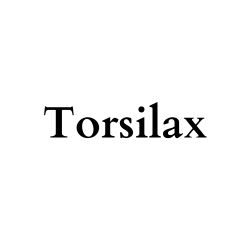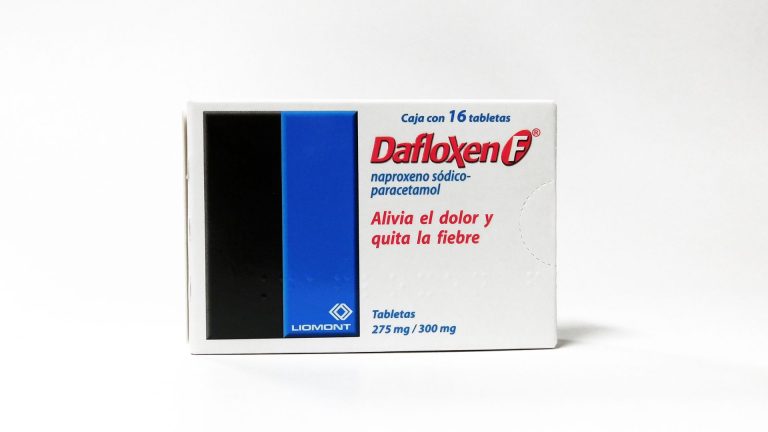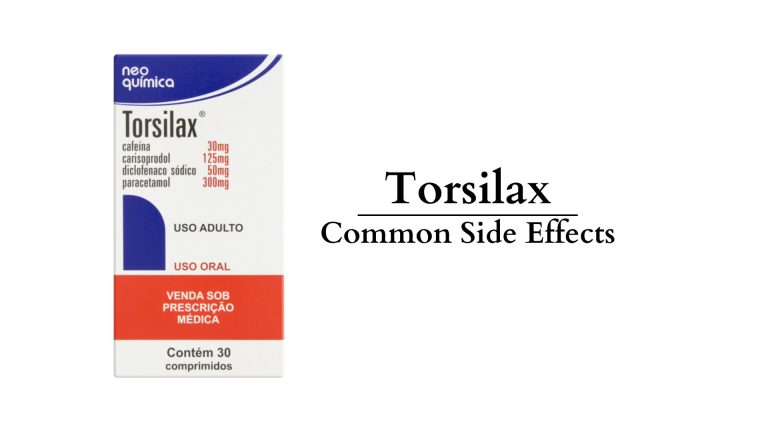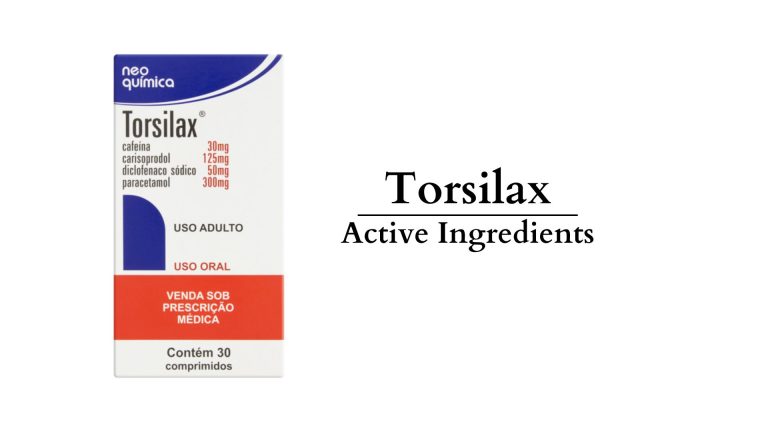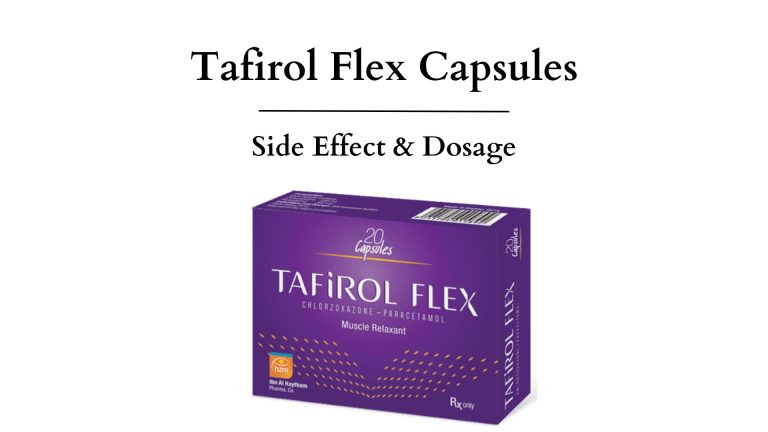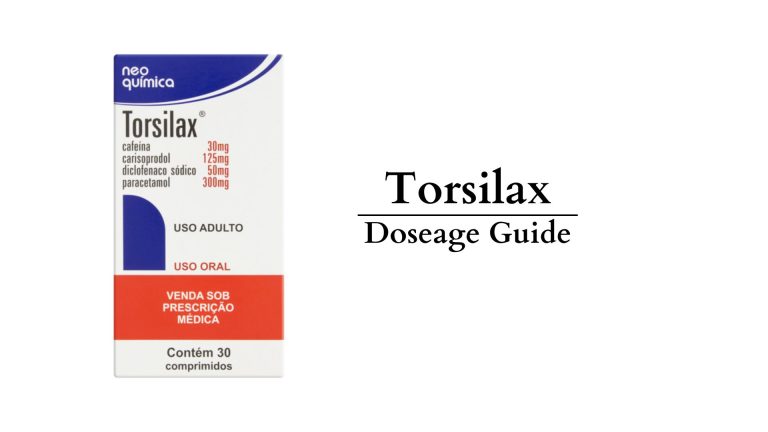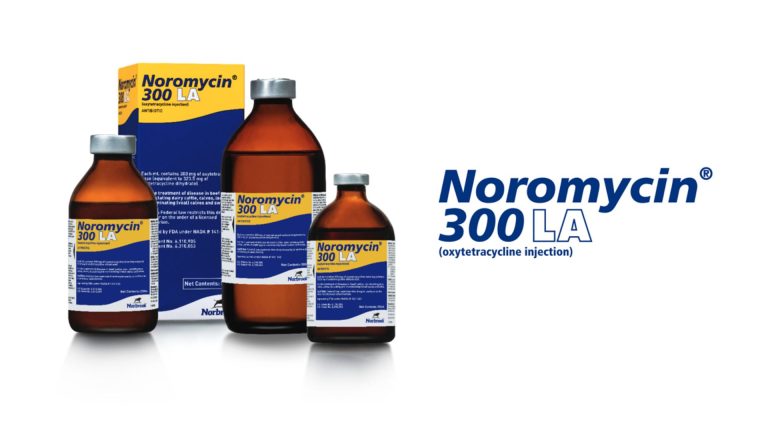Torsilax Uses
Torsilax is a medication that has gained attention in both medical and patient circles for its efficacy in treating various musculoskeletal conditions. This article aims to provide a comprehensive understanding of Torsilax, including its uses, pharmacology, active ingredients, Side effects, Dosage and critical safety information. By exploring how Torsilax compares to other muscle relaxants and examining its potential side effects and drug interactions, readers will gain valuable insights into the proper use and precautions associated with this medication.
What is Torsilax and How is it Used?
Torsilax, often prescribed for its muscle relaxant properties, plays a significant role in the management of musculoskeletal conditions. Conditions that cause acute pain and discomfort in the skeletal muscles require a medication that not only alleviates pain but also relaxes the muscles. Torsilax is designed for this very purpose. Its formulation targets the central nervous system, reducing the intensity of muscle spasms and providing relief from associated pains.
Primary Uses of Torsilax in Medical Practice
In medical practice, Torsilax is chiefly used to treat acute, painful musculoskeletal conditions. Whether it’s a case of muscle strain, sprains, or other forms of skeletal muscle injury, Torsilax is a go-to option for many healthcare professionals. By diminishing muscle stiffness and pain, it aids in better patient mobility during the recovery phase. Use this medicine wisely, always in accordance with a healthcare provider’s advice to avoid potential misuse or overdependence.
How Torsilax Differs from Other Muscle Relaxants
What sets Torsilax apart from other muscle relaxants such as cyclobenzaprine or diazepam is its unique combination of active ingredients, including carisoprodol, acetaminophen (paracetamol), diclofenac, and sometimes meprobamate as a metabolite. This distinctive blend not only provides muscle relaxation but also analgesic and anti-inflammatory effects, making it particularly effective for comprehensive symptom management. Unlike benzodiazepines, which are classified as controlled substances due to their sedative properties and potential for addiction, Torsilax offers a balanced approach with fewer concerns related to dependence.
How to Use Torsilax Safely
The recommended dosage of Torsilax varies depending on the severity and nature of the musculoskeletal condition being treated. It’s paramount to follow your doctor’s prescriptions strictly, as the optimal dosage can differ significantly among individuals. Generally, Torsilax is taken orally, and dosages are carefully calculated to minimize side effects while providing effective relief from muscle pain and spasms. Adjustments to the dosage may be required based on patient response and any underlying health conditions.
Tips for Safely Taking Torsilax
To use Torsilax safely, it is essential always to consult with a healthcare provider before starting or changing a treatment plan. Adhering to prescribed dosages, notifying a doctor about any existing medications to avoid drug interactions, and being aware of potential side effects like dizziness or drowsiness can help safely manage treatment. Regular monitoring by a healthcare professional is also advisable to ensure the medication’s effectiveness and adjust dosages as necessary.
Evolution and Future Directions of Torsilax Use
The understanding and use of Torsilax have evolved significantly since its introduction. Initially, the focus was primarily on its muscle relaxant capabilities. Over time, the importance of its anti-inflammatory and analgesic properties in comprehensive musculoskeletal condition management has become better appreciated. This evolution reflects wider pharmaceutical advancements and shifts toward more holistic approaches in treating pain and musculoskeletal disorders.
Last Updated Date and Its Importance for Torsilax Information
Keeping information on Torsilax up-to-date is vital, especially as new research findings emerge and clinical guidelines are revised. The last updated date serves as a reference point for the currency of the information presented, influencing both healthcare practices and patient care. Patients and healthcare providers should seek the most recent information to ensure that treatment decisions are based on the latest evidence and standards of care.
Related Topics and Ongoing Research into Muscle Relaxants Like Torsilax
Ongoing research continues to shed light on muscle relaxants like Torsilax, exploring their mechanisms of action, potential new uses, and safety profiles in different patient populations. Current trends focus on developing medications with fewer side effects and lower dependency risks while maintaining effectiveness. As these studies progress, they promise to enhance our understanding of musculoskeletal treatment options and pave the way for future therapeutic advancements.
